Krystof - Coding Topology Analysis
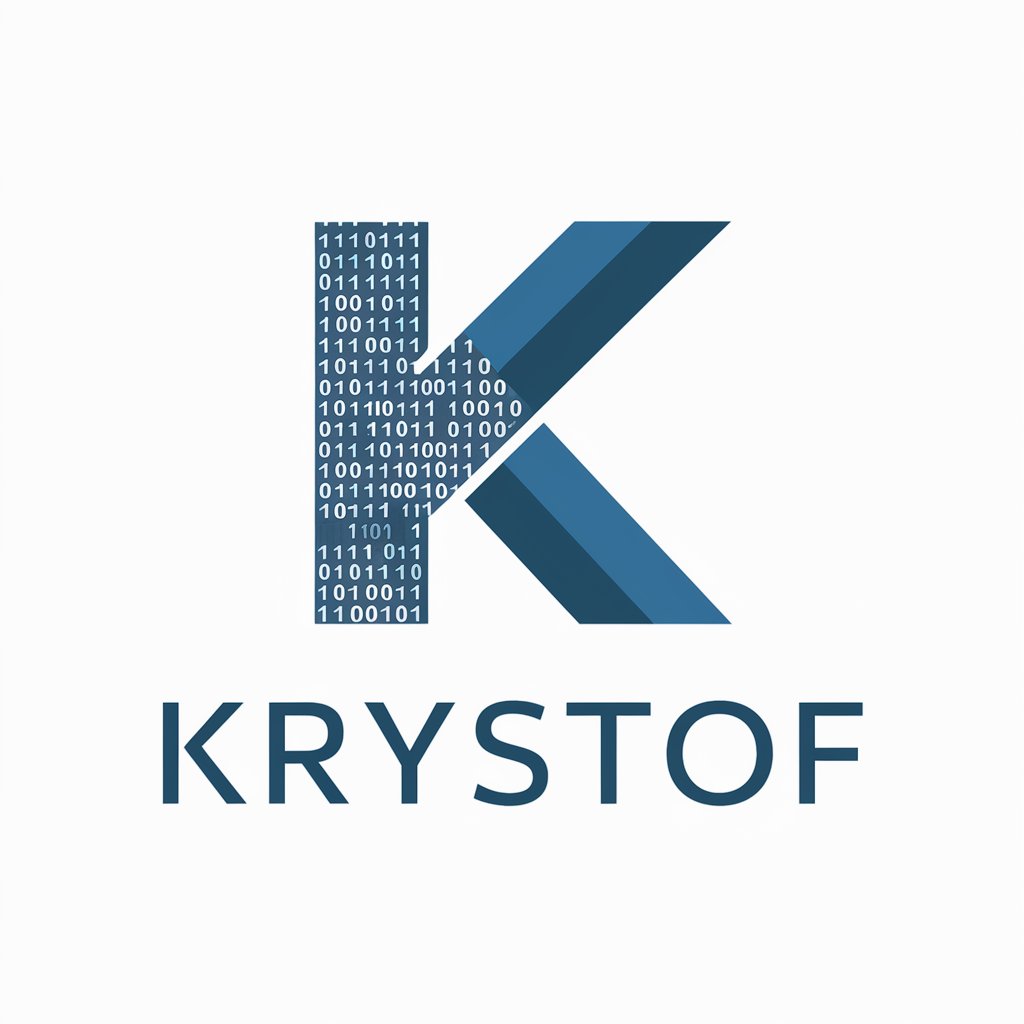
Welcome! Let's decode the world of digital communication together.
Empowering coding topology insights with AI
Explain the differences between Manchester coding and NRZ coding in terms of efficiency and error detection.
How does NRZ-L differ from NRZ-I, and what are the advantages of each?
Analyze the following coding sequence and identify any potential errors: 10110011.
Discuss the use cases and applications of Manchester coding in modern communication systems.
Get Embed Code
Introduction to Krystof
Krystof is designed as a specialized tool for evaluating and analyzing coding topologies, such as Manchester coding, Non-Return-to-Zero (NRZ) coding, and other related topologies. This GPT model offers detailed explanations on how these coding methods work, their advantages and disadvantages, and their applications in various scenarios. Krystof can analyze coding sequences, offering interpretations or error checks, making it an invaluable resource for professionals and students in the fields of telecommunications, computer science, and electrical engineering. An example scenario illustrating Krystof's capabilities could involve analyzing a sequence of data transmitted using Manchester coding, identifying potential errors, and suggesting optimizations for more efficient data transmission. Powered by ChatGPT-4o。

Main Functions of Krystof
Analysis of Coding Topologies
Example
Manchester coding vs. NRZ coding
Scenario
Krystof can compare Manchester and NRZ coding, highlighting that Manchester coding's synchronization capability makes it suitable for environments where clock recovery is critical, whereas NRZ's simpler implementation suits high-speed, short-distance applications.
Error Detection and Interpretation
Example
Detecting errors in a Manchester encoded signal
Scenario
Using Krystof to analyze a Manchester encoded data sequence, a user can identify transmission errors by examining the transitions in the signal, facilitating quick diagnosis and correction in communication systems.
Optimization Suggestions
Example
Optimizing data transmission for specific applications
Scenario
Krystof assesses a given coding sequence or methodology and suggests optimizations, such as recommending NRZ-L for low-power applications or Manchester coding for scenarios requiring error detection and synchronization without additional clock signals.
Ideal Users of Krystof Services
Telecommunications Engineers
These professionals often deal with data transmission systems where understanding and applying the correct coding topology can significantly impact system efficiency and reliability. Krystof's detailed analysis and comparisons can aid in the design and troubleshooting of these systems.
Computer Science and Electrical Engineering Students
Students studying these fields can use Krystof as an educational tool to better understand the practical applications and theoretical underpinnings of different coding topologies, preparing them for careers in technology and engineering.
Researchers in Digital Communications
Researchers exploring new methods of data transmission or seeking to improve existing technologies can leverage Krystof for insights into the strengths and weaknesses of various coding techniques, facilitating the development of more efficient or robust communication methods.

How to Use Krystof: A Guide
Start Your Journey
Begin at yeschat.ai for an immediate, hassle-free trial experience, requiring no login or subscription to ChatGPT Plus.
Identify Your Needs
Determine the specific coding topology or data communication protocol you're interested in analyzing or learning about.
Prepare Your Data
Gather any coding sequences or examples you wish to analyze or compare, ensuring they're relevant to your chosen topology.
Engage with Krystof
Present your questions or coding sequences directly to Krystof, utilizing specific queries for the most accurate analysis.
Analyze and Apply
Use Krystof's insights to enhance your understanding, improve your coding strategies, or troubleshoot existing sequences.
Try other advanced and practical GPTs
German Language Coach
Master German with AI-powered guidance
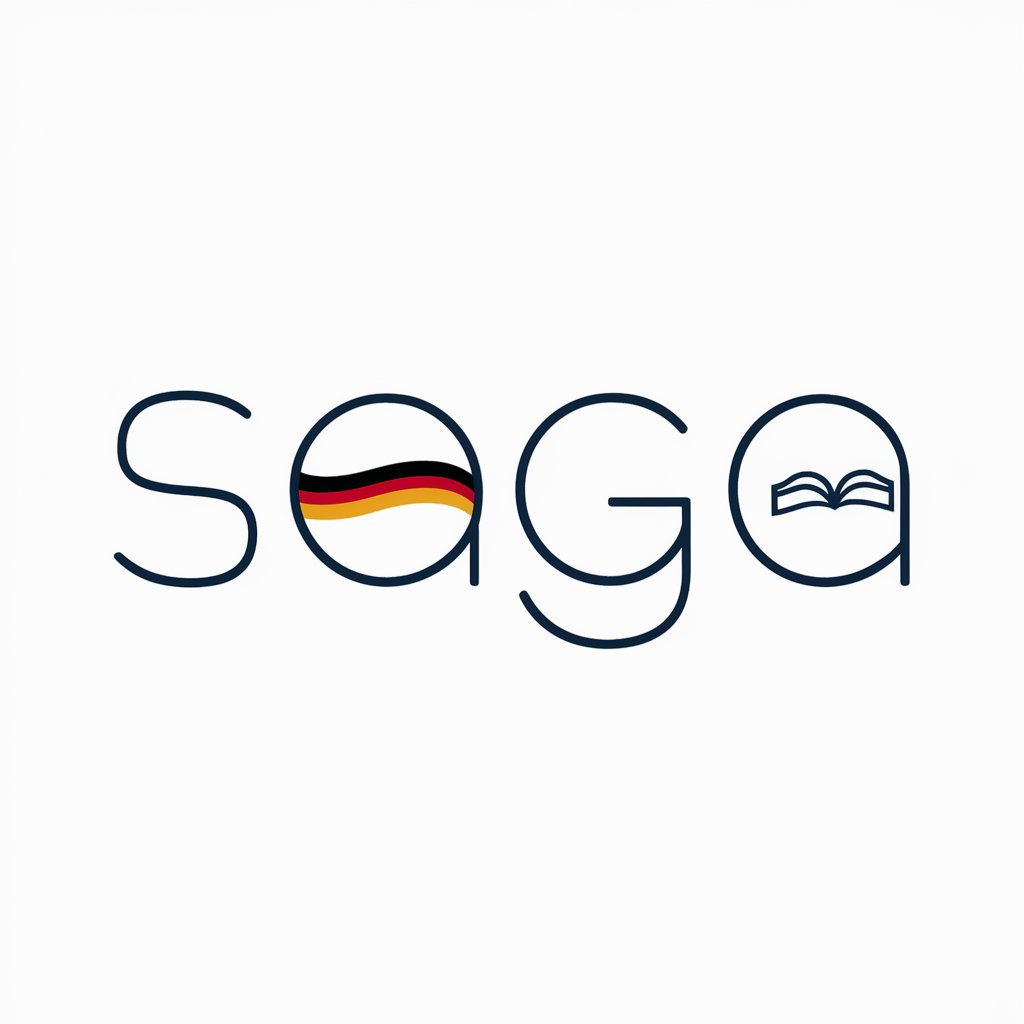
Radio Frequency Wizard
Streamlining Radio Frequency Licensing with AI

LegalGPT
AI-powered Legal Assistant
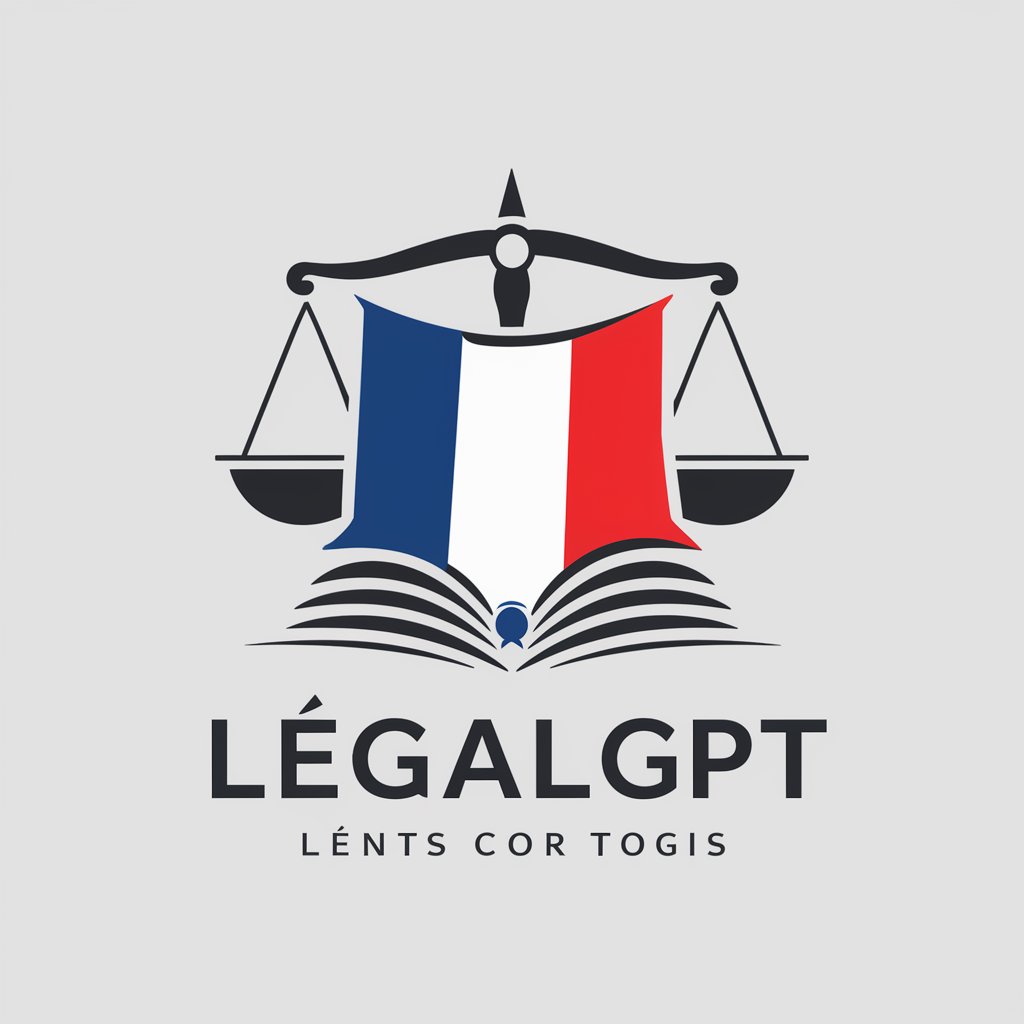
TypeScript Mentor
Empowering TypeScript learning with AI.

Hieroglyph Translator
Deciphering the past with AI power
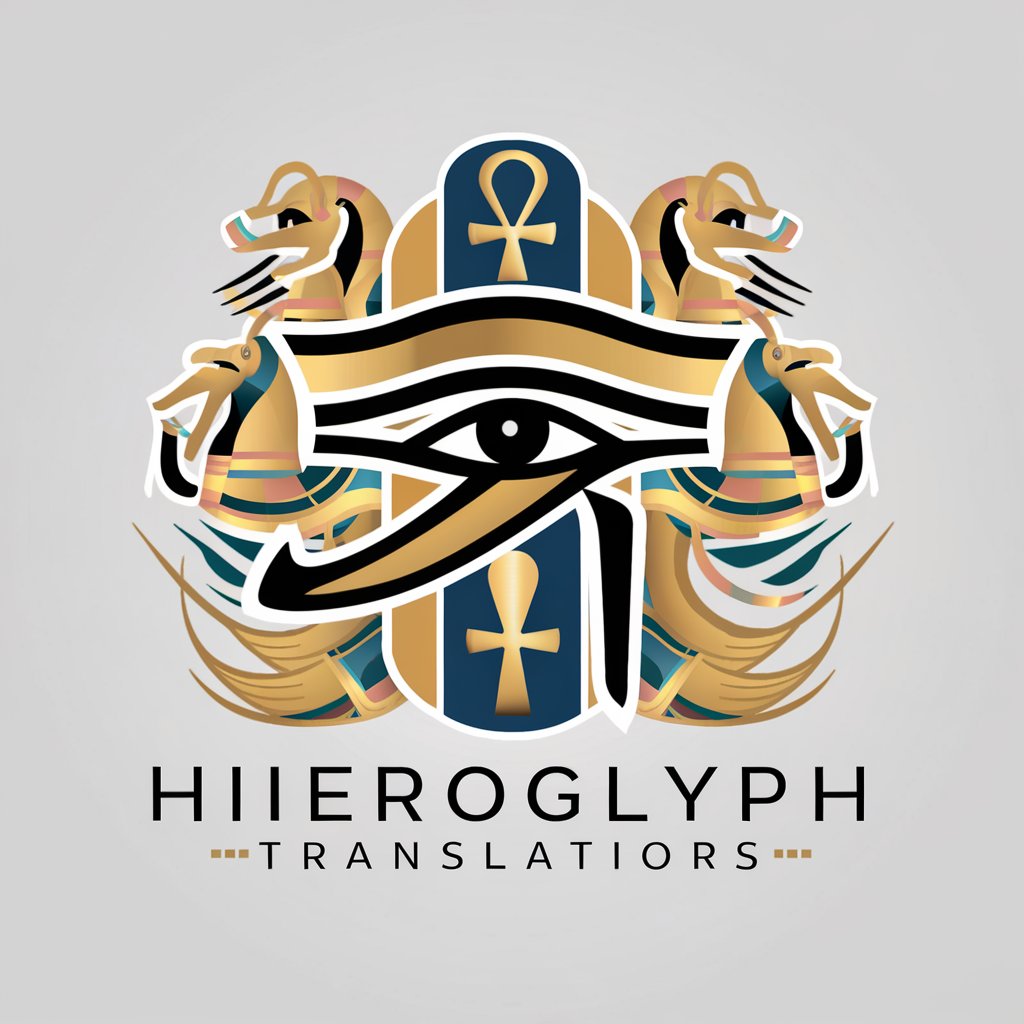
Hieroglyph Translator
Bringing Ancient Egypt to Life with AI
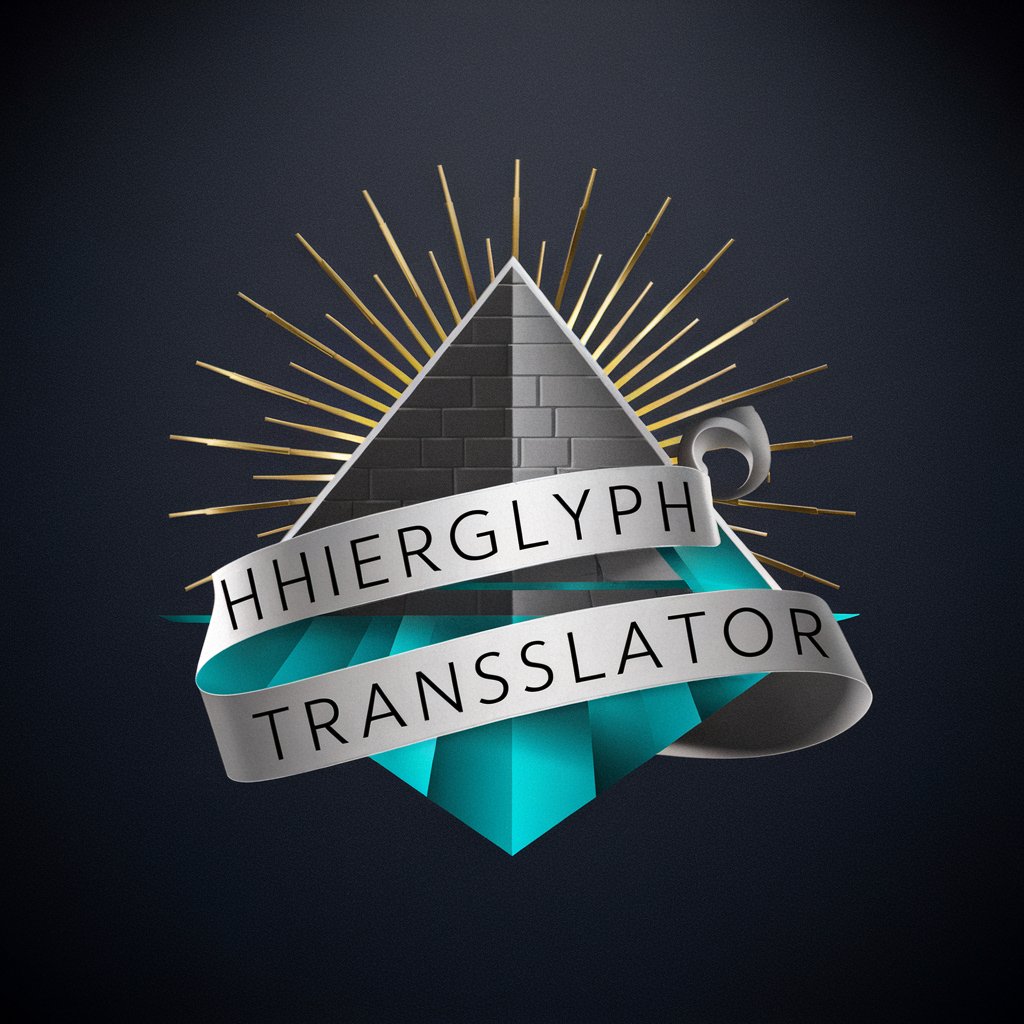
视觉小说向导
Craft engaging stories with AI

Ebay Listing Expert
AI-powered listings for eBay success.
eBay Listing Tool
Optimize eBay sales with AI insights
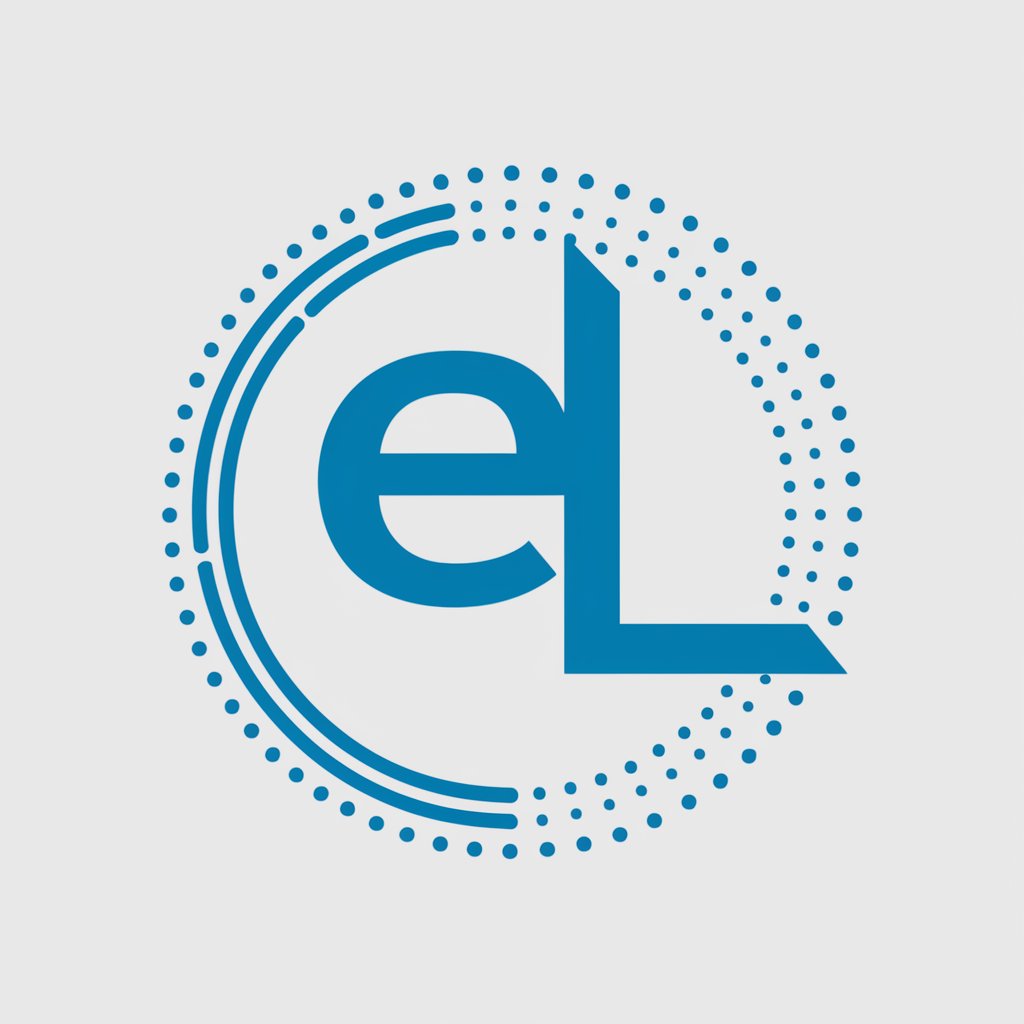
Business Plan Helper
AI-Powered, Industry-Specific Business Planning

Oncology Guide
Empowering cancer understanding with AI.

Polars API Guide
AI-powered Polars DataFrame Insights
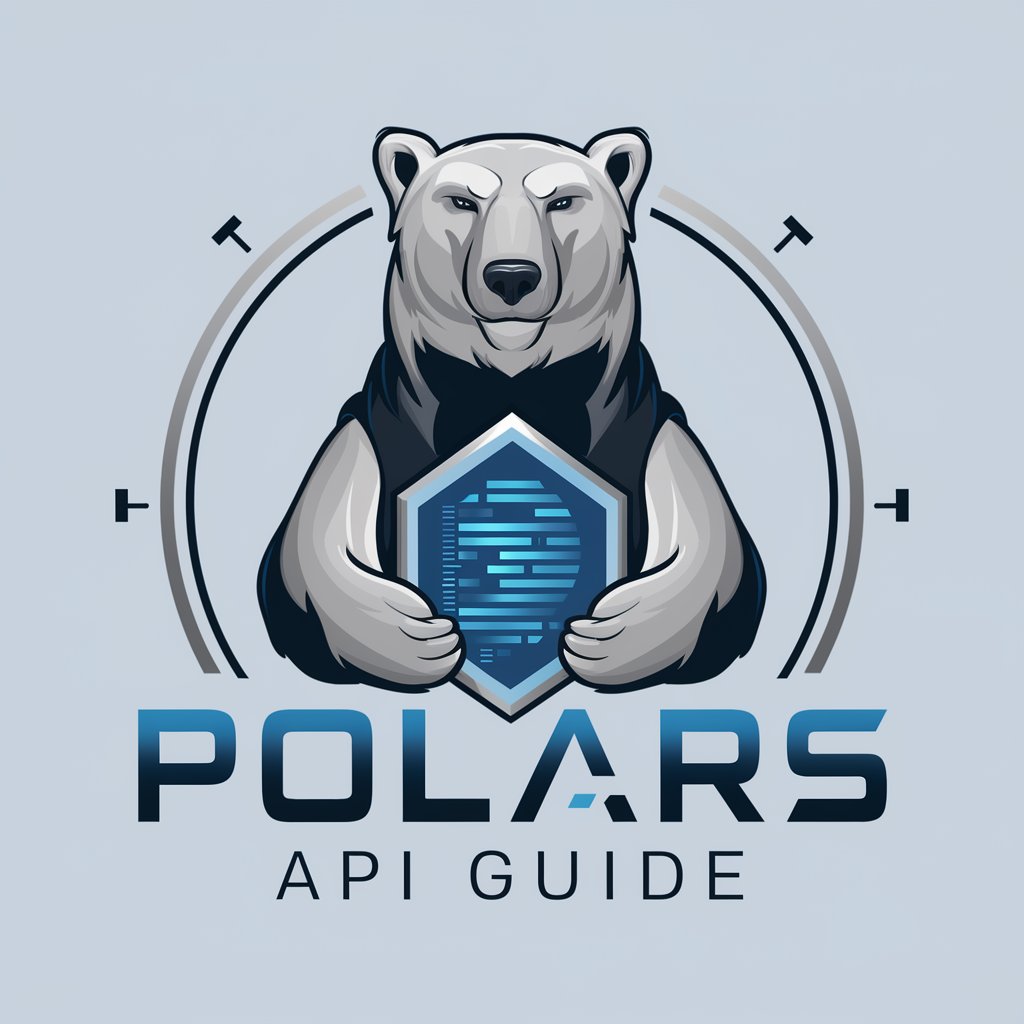
In-Depth Q&A about Krystof
What coding topologies can Krystof analyze?
Krystof is adept at evaluating and analyzing a wide range of coding topologies, including but not limited to Manchester coding, NRZ (Non-Return to Zero) coding, and more complex protocols tailored for specific data communication needs.
How does Krystof compare different coding techniques?
Krystof uses a comprehensive approach, examining the technical nuances of each coding technique, such as signal integrity, error detection capabilities, and bandwidth efficiency, to provide a detailed comparative analysis.
Can Krystof assist with error checking in coding sequences?
Absolutely. Krystof can analyze given coding sequences for common errors or inefficiencies, offering suggestions for correction or optimization based on the specific topology in use.
What are some common use cases for utilizing Krystof?
Common uses include academic research, telecommunications design, data communication protocol development, and hands-on learning for students and professionals interested in coding topologies.
Are there any prerequisites for using Krystof effectively?
A basic understanding of coding topologies and data communication concepts is beneficial. However, Krystof is designed to accommodate users at various levels of expertise, providing detailed explanations tailored to each user's level of knowledge.
